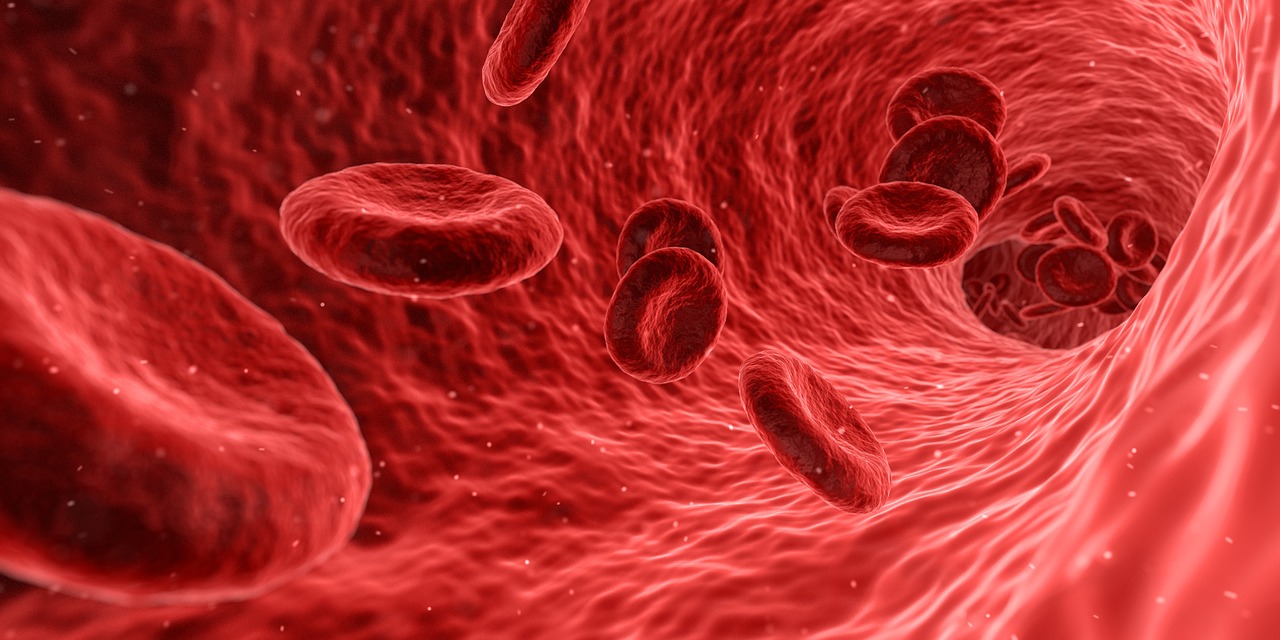Researchers have established what they say represents a newfound human organ – the structure and distribution of spaces inside the human body.
This might be the biggest organ yet, the researcher point out, although not everyone in the scientific community agrees, CNN reports. This is the interstitium, the formal name for the widespread, fluid-filled spaces between and inside the tissues of the body.
While doctors and scientists have long known about the tissue and fluids in the interstitium, this study provides fresh insight into what has not been previously recognized as a part of human anatomy.
Neil Theise, professor of pathology at NYU Langone Health in New York, co-author on the study, said, “Initially, we were just thinking it’s an interesting tissue, but when you actually delve into how people define organs, it sort of runs around one or two ideas: that it has a unitary structure or that it’s a tissue with a unitary structure, or it’s a tissue with a unitary function.”
He explained of the interstitium, “This has both. This structure is the same wherever you look at it, and so are the functions that we’re starting to elucidate.” He added,
I think it’s bigger than the skin.
Theise and his colleagues made use of a power microscope and a technique called confocal laser endomicroscopy to closely examine healthy living tissue samples taken from human bile ducts. These were from 13 volunteer patients going through pancreatic surgeries at Mount Sinai Beth Israel hospital.
The researchers were able to see every detail in the samples, writing that they observed where fluid accumulated in specific spaces. These spaces appeared to drain into lymph nodes. Theise said, “Now, it’s clear that by looking in the living tissue at the microscopic level with this new confocal laser endomicroscopy…that space is fully expanded and filled with fluid. Once you see it, you can’t unsee it.”
However, more research is needed to understand the true nature and function of the interstitium, and how it affects other parts of the body.
The study was published in Scientific Reports.
























